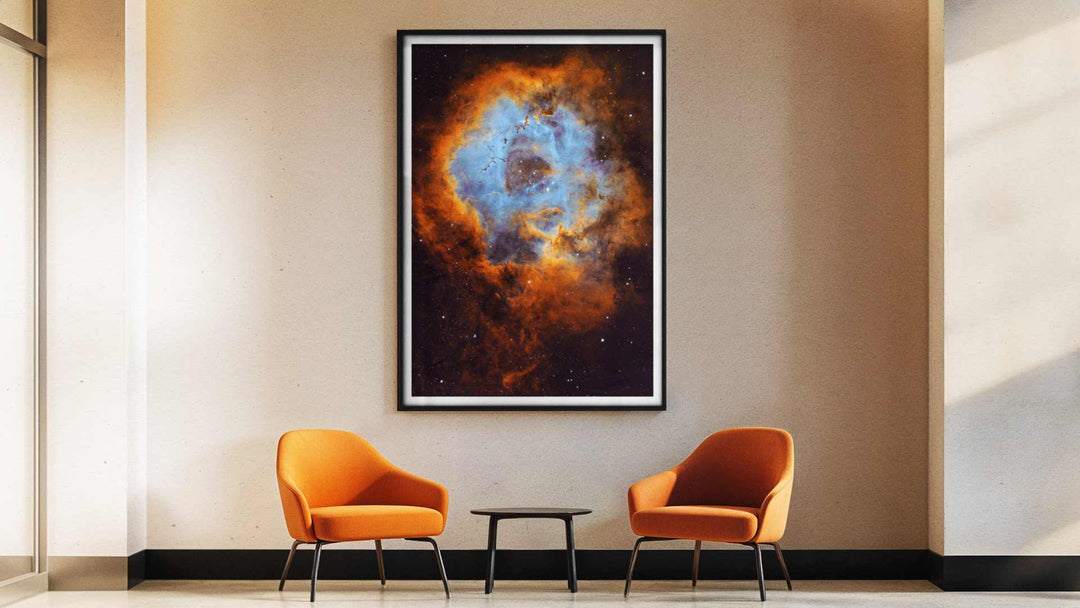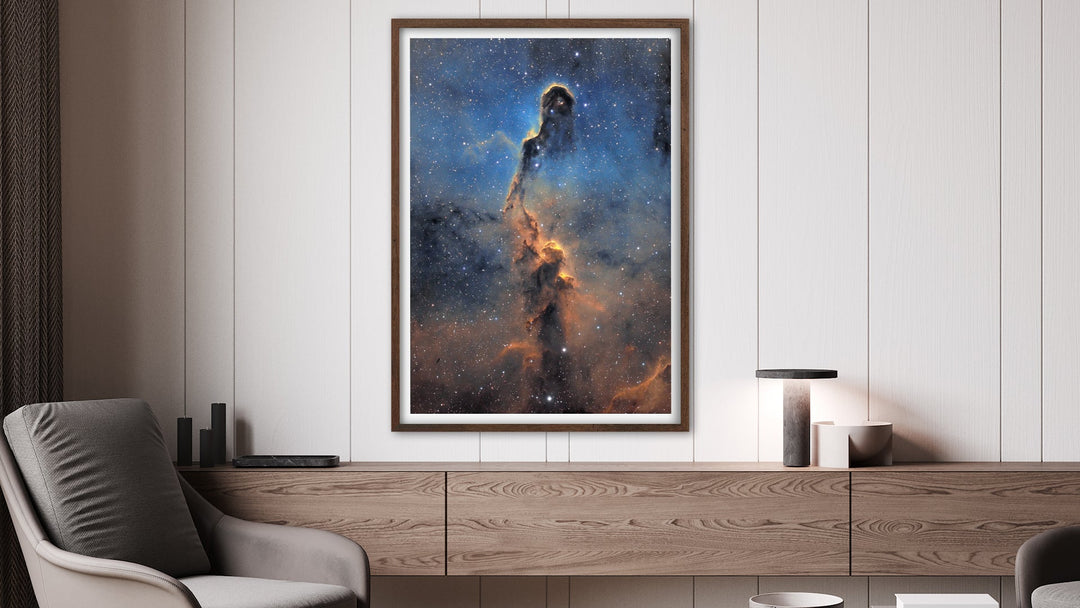HST: The Sharpest View of the Andromeda Galaxy - A Galactic Masterpiece Unveiled
In an unprecedented feat of astronomical imaging, the Hubble Space Telescope has captured the most detailed portrait ever taken of the Andromeda Galaxy (M31).
This 1.5-billion-pixel mosaic reveals over 100 million stars and thousands of star clusters across a 48,000-light-year stretch of the galaxy’s disk—a view so sharp it resolves individual stars like grains of sand on a cosmic beach. At the time of its release to the public (2015), the image was one of the largest ever taken
At Astrography, we present this landmark achievement as a timeless work of art, offering both museum-grade Fine Art prints and accessible poster editions for those who seek to bring the universe’s grandeur into their daily lives.
Why This Image Transforms Spaces
A New Benchmark in Cosmic Artistry
The Andromeda Galaxy, our Milky Way’s closest spiral neighbor, has captivated humanity for millennia. Now, Hubble’s vision—forged from 7,398 exposures across 411 telescope pointings—invites you to explore its intricate structure like never before.
The image traces the galaxy’s evolution from its dense central bulge, where stars crowd like urban skyscrapers, to its sprawling outer disk, where dust lanes weave through stellar neighborhoods. Blue star clusters, glowing like celestial fireworks, mark sites of recent star formation, while the faint red glow of older stars whispers tales of the galaxy’s 10-billion-year history.
This is more than a photograph; it’s a bridge between art and science. The Hubble Heritage Project’s processing reveals subtle color gradients, from the golden core to the azure spiral arms, creating a natural palette that rivals any Earthly masterpiece.
Technical Marvel Meets Aesthetic Splendor
What sets this image apart is its sheer scale and resolution. Covering an area equivalent to 40,000 light-years, it captures phenomena rarely seen in extragalactic imagery:
-
Star clusters so dense they resemble diamond sprinkles on velvet
-
Dust structures sculpted by supernovae and stellar winds into delicate filaments
-
Background galaxies peeking through Andromeda’s disk like hidden treasures
For perspective, the full-resolution image requires 4.3 GB of storage—a testament to its unmatched detail. Yet through Astrography’s expert printing techniques, this complexity translates seamlessly to physical form.
Who Brings Andromeda Home?
-
Art Collectors: Acquire a 21st-century counterpart to van Gogh’s Starry Night—a work where science and beauty collide. The PHAT survey’s catalog of 2,753 star clusters ensures this print carries both aesthetic and scholarly significance.
-
Space Enthusiasts: Own the image that redefined galactic studies. Hubble’s view has enabled astronomers to track stellar populations with precision, revealing Andromeda’s turbulent merger history.
-
Interior Designers: Elevate modern spaces with a focal point that commands attention. The image’s natural color gradient transitions seamlessly from warm metallics in sunlit rooms to cool tones in north-facing spaces.
-
Memory-Makers: Commemorate milestones with a gift that transcends time—a snapshot of a galaxy as it appeared 2.5 million years ago, when light began its journey to Hubble’s mirror
The Science Behind the Splendor
Engineering a Cosmic Census
The Panchromatic Hubble Andromeda Treasury (PHAT) survey represents Hubble’s most ambitious stellar population study. By imaging M31 in six wavelengths—from ultraviolet to near-infrared—astronomers have:
- Mapped star formation histories across galactic subregions
- Identified 2,753 star clusters and 2,270 background galaxies
- Tracked the motion of Cepheid variable stars to refine cosmic distance scales
The survey’s 600+ individual images, taken over a decade, provide a time capsule for future researchers—a gift now extended to your walls.
Decoding Spiral Galaxy Evolution
Andromeda’s structure holds clues to universal galactic processes:
-
Central Bulge: Ancient stars (≥10 billion years) with high metallicity, suggesting rapid early formation
-
Disk: Younger populations (1-5 billion years) arranged in winding arms, shaped by density waves
-
Halo: Sparse, metal-poor stars hinting at galactic cannibalism—remnants of absorbed dwarf galaxies
This image captures all three components in a single vista, making it an indispensable educational tool.
Claim Your Slice of the Cosmos
Forge a personal connection to the universe with a print that transforms walls into windows. Whether displayed in a living room, corporate lobby, home office, or classroom, this image sparks curiosity and wonder.















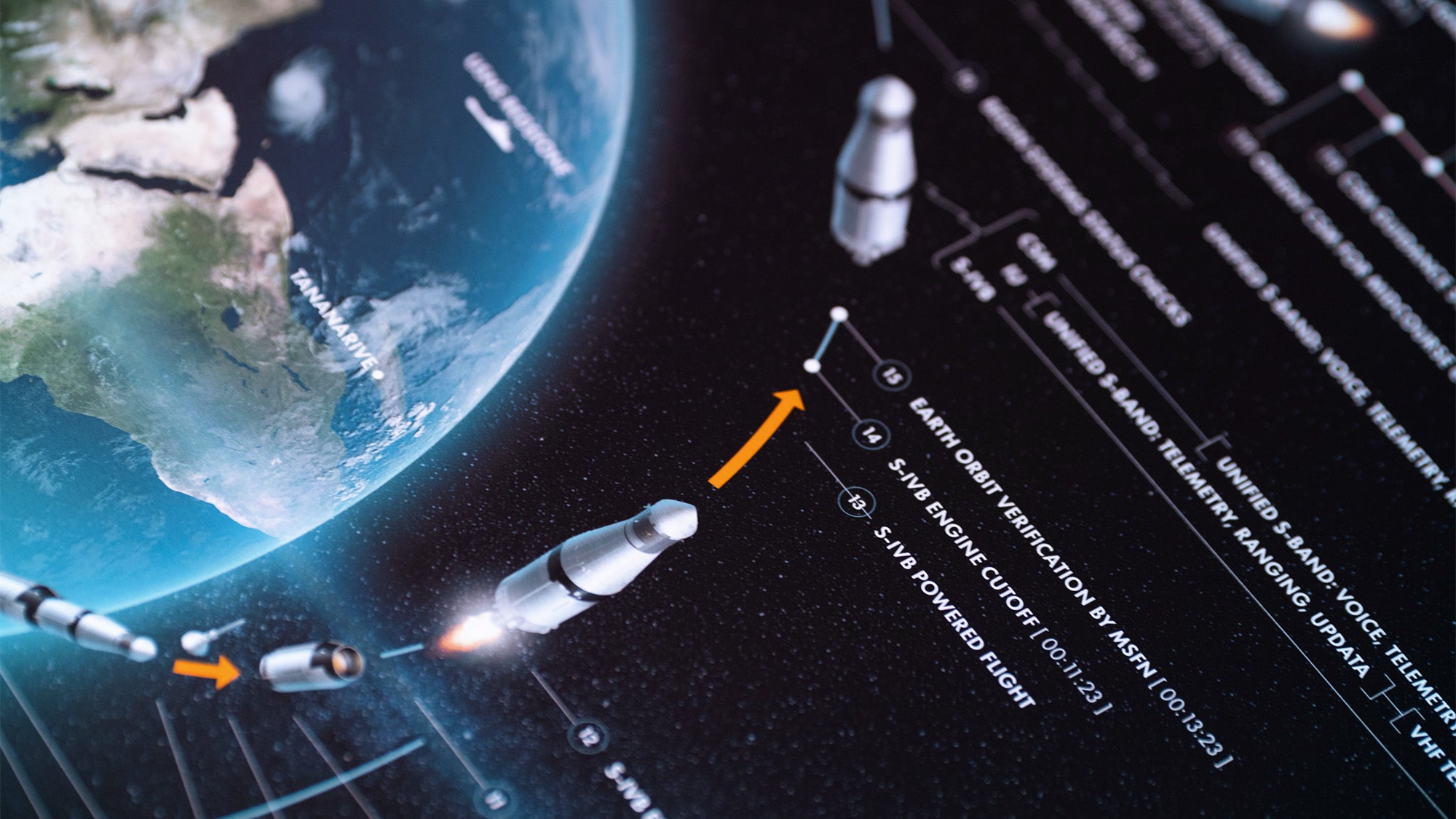
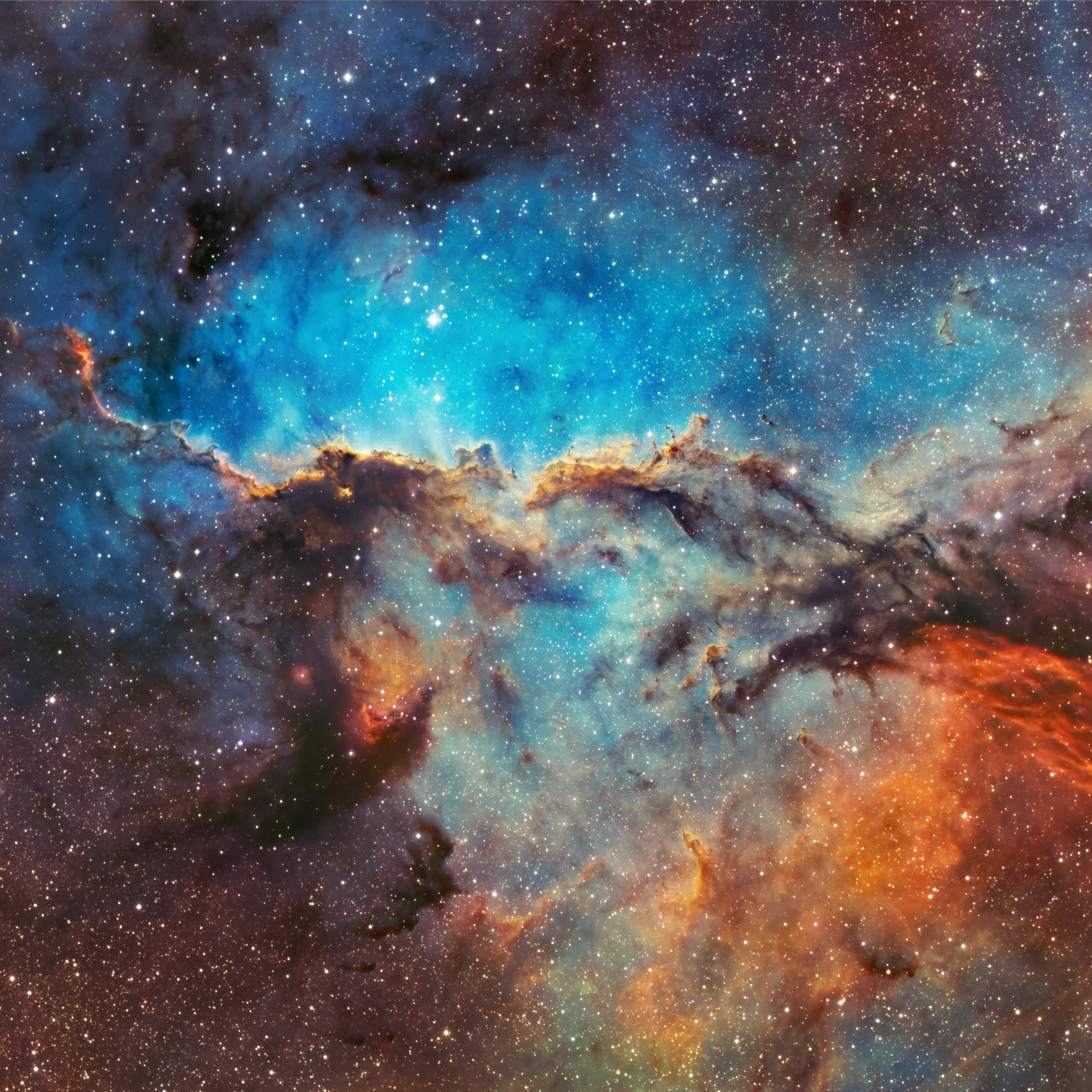
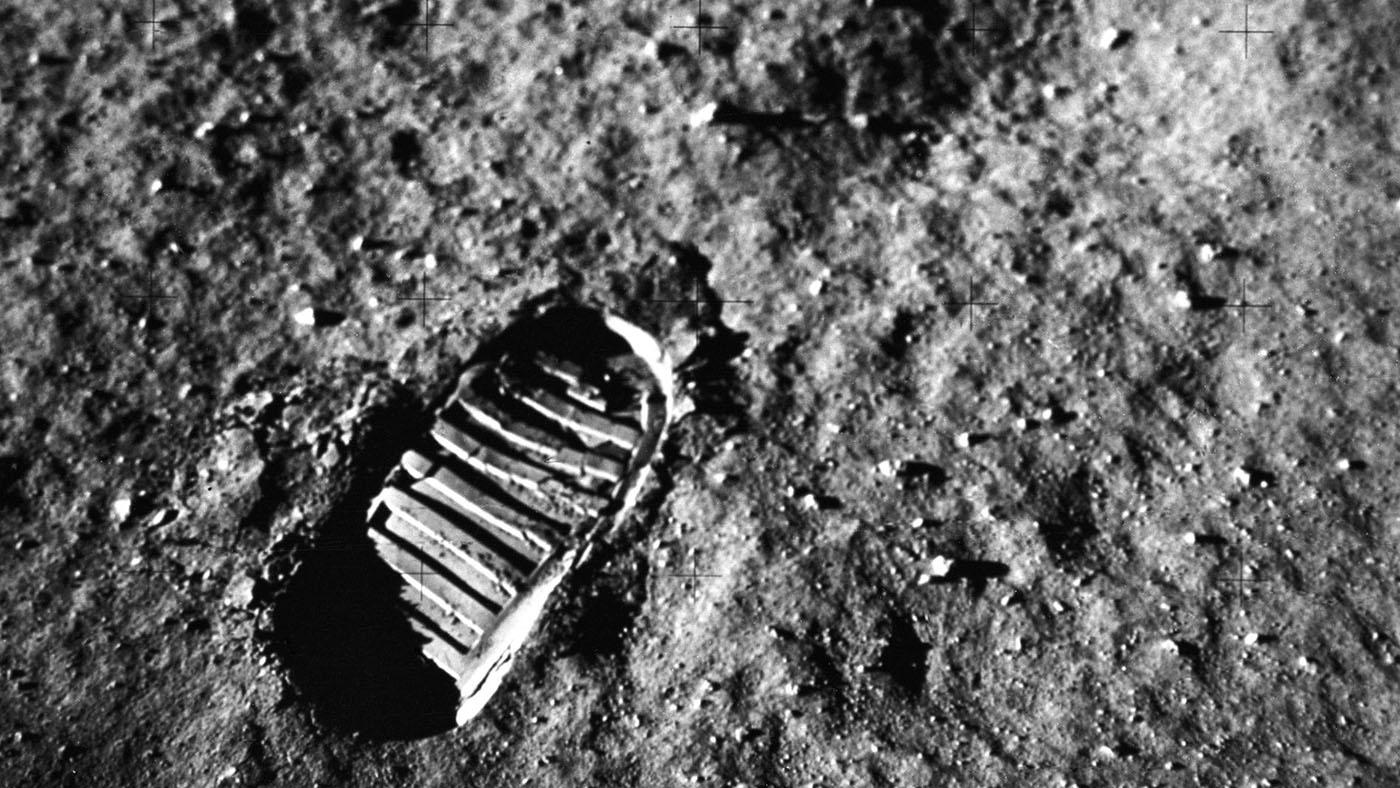
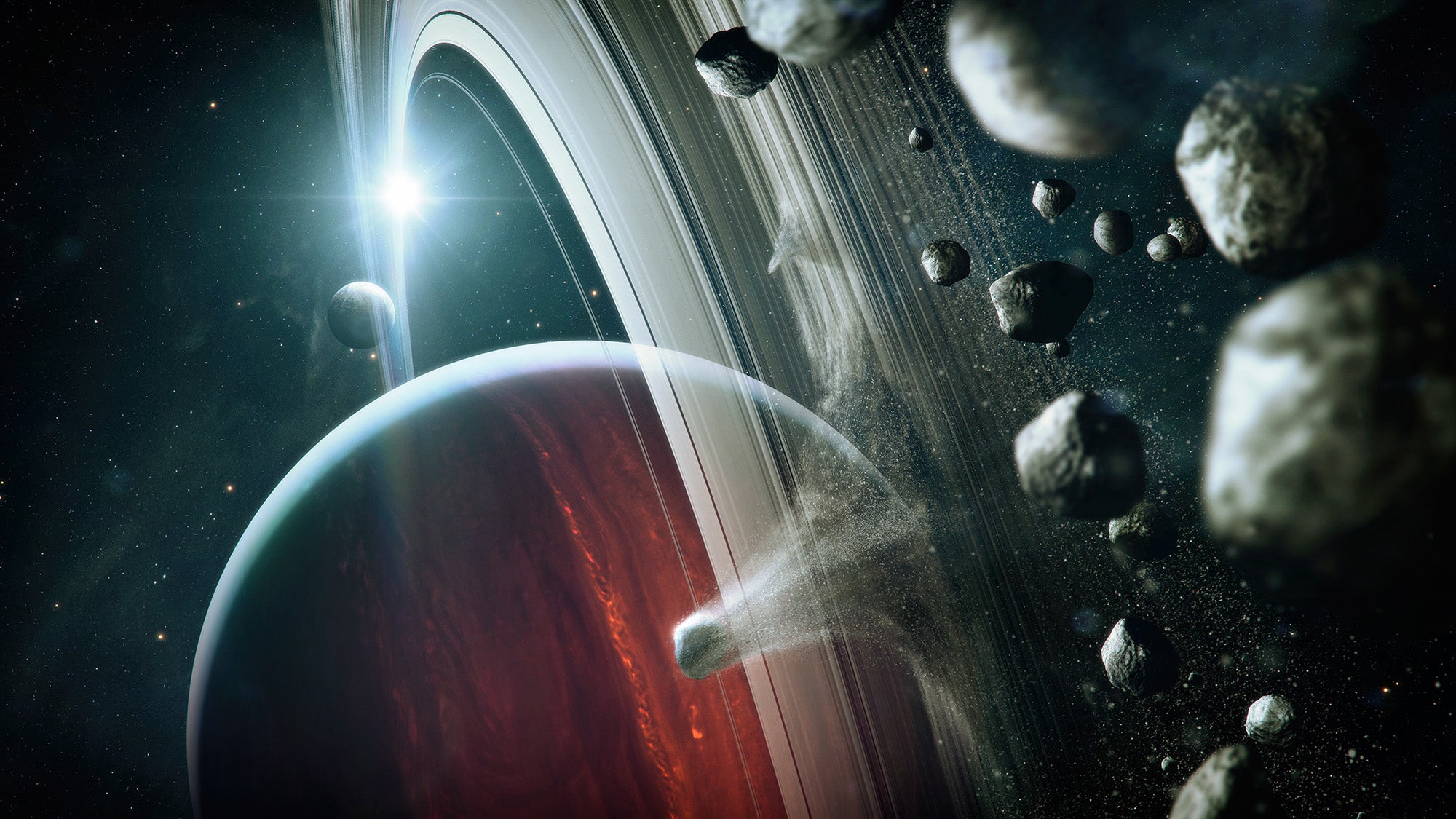
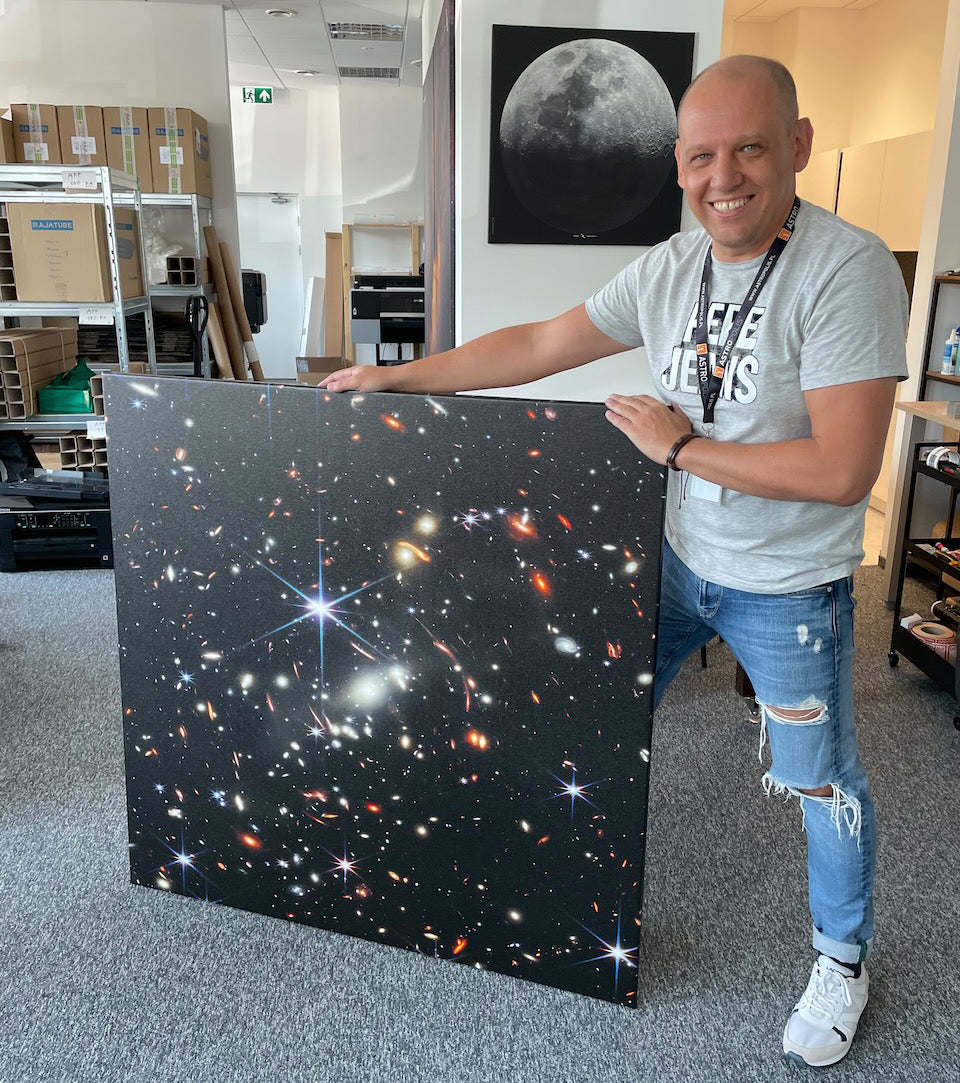
![4 Incredible Space Posters and Wall Art for Man’s Cave [Inspirations]](http://astrography.com/cdn/shop/articles/mans-cave-2-16x9-1_83814d94-574a-4782-a3a0-cf4e59620b81.webp?v=1763116144&width=1080)
